With the use of GIS digital maps, the primary school enrollment route in Hanoi will not be based on ward units as it is now, but will be based on the specific residential location of the student to calculate the distance from the student's house to the school according to the principle of prioritizing the closest house, creating convenience for students in commuting; transparency in enrollment, contributing to limiting the situation of "running" to schools.
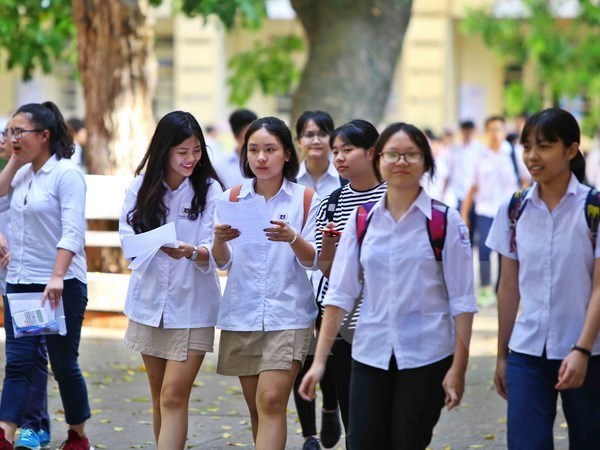
Priority is given to students who attend the school closest to their home.
For many years, admission to primary grades in Hanoi has been conducted in the form of zoning based on place of residence, also known as household registration. Students residing in a ward or commune will study at schools in that area. However, one of the disadvantages of this form is that many families in border areas, although their houses are very close to the school, their children cannot study near their home because they are in the wrong area. Therefore, the information that Hanoi plans to apply GIS digital maps in primary grade admission from the 2026-2027 school year according to the principle of prioritizing students to study near their home has received great attention from many parents.
Ms. Nguyen Le Hang, a parent of a student in Thanh Xuan district (Hanoi), said that the current route-based enrollment method is outdated and needs to be changed because there is still a paradoxical situation where students living near the school but in different wards still have to go to a school far from home. With enrollment based on GIS digital maps, household registration will no longer be valid, students will be given priority to study closest to home, reducing the pressure on students and parents in commuting and picking up, thereby contributing to reducing the current traffic congestion. Mr. Pham Trung Tuyen, a parent of a student in Hoang Mai district (Hanoi), also said that the principle of students being given priority to study near home not only reduces the need to pick up and drop off students, reduces traffic jams, and reduces the waste of time for both adults and children, but more importantly, it increases the community cohesion of children when their homes are close together and they study together, they can share many memories with each other, creating a closer bond with each other.
In fact, the application of GIS digital maps in primary school admissions is no longer a new story when in the 2023-2024 school year, Ho Chi Minh City is the first locality in the country to pilot the application of geographic information systems - GIS maps in the process of routing in some central districts and is currently continuing to be deployed throughout the city. According to the leader of the Department of Education and Training of Ho Chi Minh City, previously the routing principle was that students residing in which ward would study at the school located in that ward. But with the application of GIS maps in admissions, routing can be done according to the ward or inter-ward basis with the goal of making it possible for students to go to the school closest to their home. However, when applying GIS maps, flexibility is required in specific cases. For example, a family has 2 children, the first child is studying at school A, now the second child, when applying GIS map, can be routed to school B. Thus, it will be inconvenient to pick up and drop off, so in these situations, parents can report to the ward where they reside to support and facilitate the declaration and enrollment.
Solutions towards transparency in admissions
Associate Professor, Dr. Tran Thanh Nam, Vice Principal of the University ofEducation , Vietnam National University, Hanoi, said that the enrollment without zoning, based on GIS maps, is to determine the distance from the actual residence of students to the school. Based on student data and actual residence, students are allocated to suitable schools according to the criteria of students being admitted to the nearest school. GIS digital maps are a technological solution that is being applied in many different fields and coordination from GIS can be considered a step forward in digital transformation in the field of education. With large cities that are locally overloaded with schools such as Ho Chi Minh City and Hanoi, the application of GIS digital maps in primary school enrollment can also be considered a suitable and necessary solution. In particular, if a GIS digital map can be built in real time, providing full information about schools, it will be very convenient for the management and coordination of schools near places with high student density. In addition, GIS maps cannot only be based on the distance from students' accommodation to school, but also need to be based on the reality of routes and public transport. If these things can be done, GIS will help make management and enrollment transparent; teacher coordination will also be convenient, contributing to solving the problem of surplus and shortage of teachers.
However, Associate Professor Dr. Tran Thanh Nam also noted that in order to improve the effectiveness of applying GIS maps to primary school enrollment, it is very important to promote to parents how to make them realize that every school is a good school, no longer have the mentality of choosing schools, "running" to schools, not trying to find every way to flock to schools that they consider "good". In addition, it is also necessary to increase investment, upgrade the technology system to support online enrollment; build a reasonable route plan, ensuring harmony between people's wishes and the actual conditions of each locality.
Source: https://cand.com.vn/Xa-hoi/ung-dung-ban-do-so-trong-tuyen-sinh-co-han-che-duoc-tinh-trang-chay-truong--i767590/


![[Photo] Prime Minister Pham Minh Chinh and Prime Minister of the Kingdom of Thailand Paetongtarn Shinawatra attend the Vietnam-Thailand Business Forum 2025](https://vphoto.vietnam.vn/thumb/1200x675/vietnam/resource/IMAGE/2025/5/16/1cdfce54d25c48a68ae6fb9204f2171a)







![[Photo] Many people and tourists come to the photo exhibition "Bright Name of the Person"](https://vphoto.vietnam.vn/thumb/402x226/vietnam/resource/IMAGE/2025/5/16/de2c8ad0828f4883bbdeb4f84a074a05)

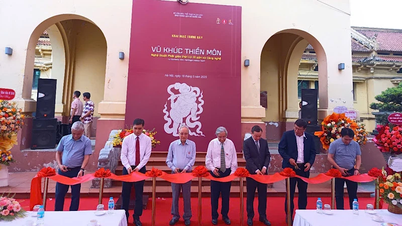











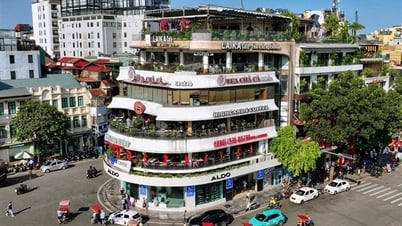


![[Photo] President Luong Cuong receives Prime Minister of the Kingdom of Thailand Paetongtarn Shinawatra](https://vphoto.vietnam.vn/thumb/1200x675/vietnam/resource/IMAGE/2025/5/16/52c73b27198a4e12bd6a903d1c218846)











































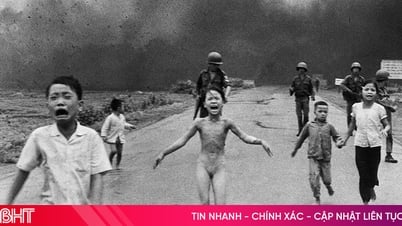

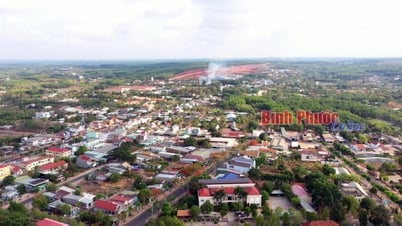


















Comment (0)